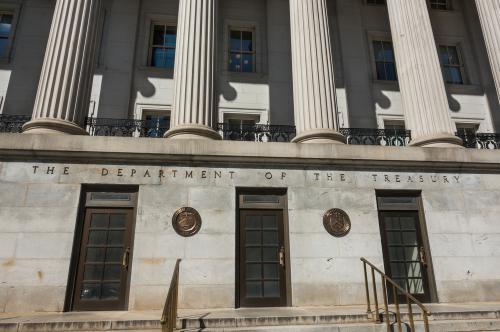Confronting near-term budget challenges, state and local governments are under tremendous pressure to focus on immediate needs at the expense of long-term investments. While these difficult economic times have also caused significant budget pressures at the national level, the federal government is able to spread out the impact of these pressures by running a deficit—a burden for the future obvious to all in the level of public debt. State and local governments, on the other hand, are generally required to balance their budgets every year. The legacy left by their budget troubles is less evident, but no less significant, and can be measured by delayed capital projects, cuts in education, and other deferred spending in investments with long-run payoffs—forgone investment that places our children’s standard of living at risk.
In this paper, The Hamilton Project highlights four policy principles for state and local governments with an emphasis on the importance of infrastructure investments for economic growth and prosperity. First, budgets should prioritize and protect key investments lest today’s budget woes translate into weak economic conditions and weak tax revenues tomorrow. Second, state and local governments must act to use their existing infrastructure resources more efficiently by investing in maintenance and using road pricing and user fees to address problems like congestion. Third, to maximize the value of new spending, projects should be subject to rigorous cost-benefit analysis and evaluation to guarantee that the projects with the greatest returns are the ones that are chosen. Fourth, good governance requires transparent and accessible budgeting. Timely, accurate, and standardized financial reporting by governments would facilitate taxpayer oversight, help protect future budget resources, and even reduce borrowing costs.
Read the Proposals:
Lowering Borrowing Costs for States and Municipalities Through CommonMuni
By Andrew Ang and Richard C. Green
Fix It First, Expand It Second, Reward It Third: A New Strategy for America’s Highways
By Matthew E. Kahn and David M. Levinson
Public-Private Partnerships to Revamp U.S. Infrastructure
By Eduardo Engel, Ronald Fischer, and Alexander Galetovic
The Brookings Institution is committed to quality, independence, and impact.
We are supported by a diverse array of funders. In line with our values and policies, each Brookings publication represents the sole views of its author(s).










